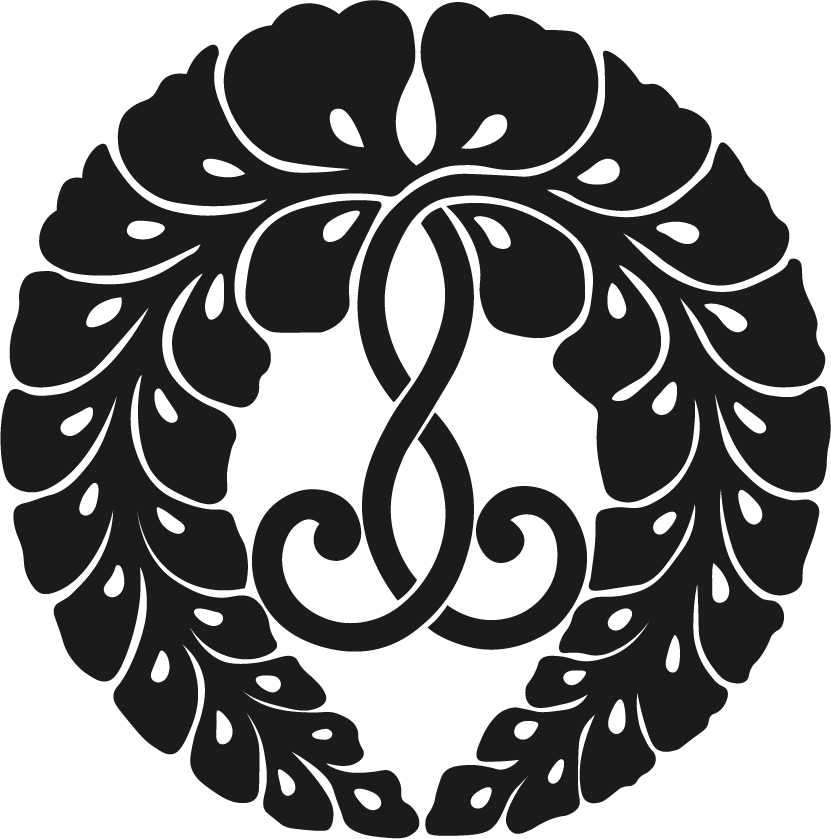Japantown to Redevelopment and Beyond
The year 1899:
Nobel Prize-winning novelist Ernest Hemingway was born. Aspirin, one of the best-known over-the-counter items was trademarked. And in the heart of Sacramento’s emerging Japantown, the second-oldest Shin Buddhist temple in North America was founded.
On December 17, 1899, the new temple opened its doors to the community. Japanese immigrants, who brought their culture, values, and religious traditions of Jodo Shinshu Buddhism, established the Buddhist Church of Sacramento.
Temple members met for the first time at 1221 Third Street. Within a year, they dedicated their new temple grounds at 418 O Street, where the newest Japantown in California was putting down roots. Our temple was in the midst of several hundred homes and businesses that made up this thriving community.
Japantown would grow into a cultural and commercial hub serving Japanese across Northern California. And it would end up decimated not once but twice.
In 1942, Japanese immigrants and their families were uprooted by the federal government and imprisoned in concentration camps after Japan attacked the U.S. After the war, thousands returned to Japantown to start over but within years their lives were disrupted once again, this time by redevelopment.
By 1958, the Capitol Mall project was in full swing, including a grass-lined mall leading to the State Capitol and the construction of new state office buildings and a freeway, Interstate 5. In the process, blocks and blocks were demolished until Japantown no longer existed.
Our temple ended up moving to its present location, 2401 Riverside Boulevard, as part of the redevelopment.
As the Buddhist Church of Sacramento celebrates its 125th Anniversary in 2024, the City of Sacramento has been reexamining its role in redevelopment, in particular regarding Japantown.
Below is an excerpt from the City of Sacramento website and its current project to revitalize Capitol Mall:
“Since Sacramento’s establishment as the capital city in 1854, there has been a desire to create a grand public space leading up to the seat of California’s government. Originally established on the grid as M Street, the stretch between the Sacramento River and the Capitol was referred to as the ‘West End.’ The West End was home to some of the city’s most diverse and vibrant communities, including famous jazz clubs and Japantown – one of the most significant Japanese communities in the United States. In the 1950s, a spirit of revitalization swept the country, in which historic urban cores were demolished in the name of civic improvements, and the redevelopment of M Street into Capitol Mall resulted in the loss of these significant communities.”
The history of the Buddhist Church of Sacramento spans three centuries:
from its earliest days as a haven for the Issei, the first Japanese immigrants to America;
to its darkest days when temple members were among the 120,000 individuals of Japanese
ancestry unjustly imprisoned during World War II;and to today, where our temple welcomes generations of families and newcomers who want
to learn more about Shin Buddhism.
For 125 years, our temple has passed on a tradition of compassion, culture, and community. Today, the Buddhist Church of Sacramento continues to provide a spiritual and cultural space benefiting our Sangha community and beyond.
Join us as we celebrate our 125th Anniversary – Compassion. Culture. Community.


